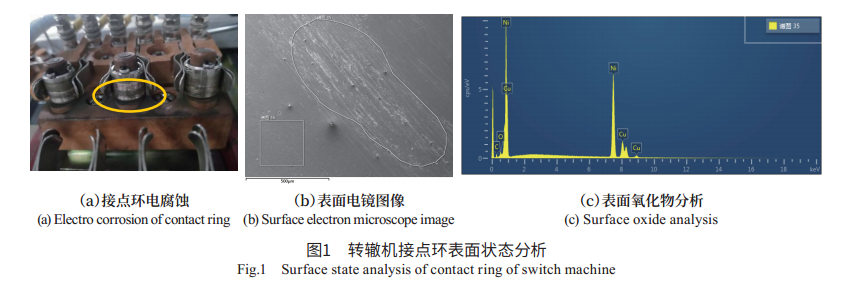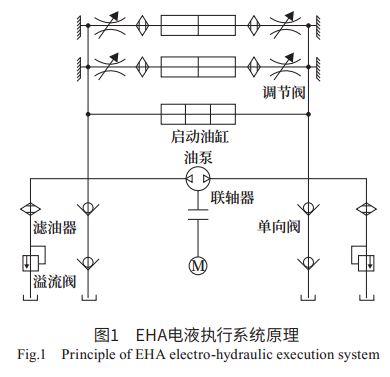Welcome to Railway Signalling & Communication Engineering,
Today is
中文
Current Issue
-
Research on Method of Station Train Route Search Based on Particle Swarm Algorithm
-
Fang Wenxiong, Hou Yuting, Cai Xuan
-
2022 Vol. 19 (12):
6-11.
DOI:10.3969/j.issn.1673-4440.2022.12.002
-
Abstract (
)
PDF
(1661KB)(
)
-
The existing route search algorithm generally adopts traversal search. Starting from improving the search efficiency, the paper introduces an intelligent optimized particle swarm algorithm to follow the optimal particles in the solution space for search. For the application of particle swarm algorithm in route search, the iterative part of particle meaning and particle position are redefined. Considering the safety and efficiency of the search, the search is concluded by combining the number of iterations control and the accuracy control. Experimental simulation is carried out to test the feasibility of the algorithm and the optimal value of the core parameters, and the experimental results show that the inertia parameter is 0.3, the historical optimal parameter is 0.3, and the global optimal parameter is 0.4, which has the highest search efficiency, and the search algorithm takes about 0.5 s according to the search accuracy requirements, safely and efficiently completes the train route search, and provides a certain reference value for the application of the intelligent optimization algorithm in the railway station train route search.
-
-
File Distribution System Based on Incremental Synchronization
-
Lan Shanrui, Wang Xiaoyi
-
2022 Vol. 19 (12):
12-18.
DOI:10.3969/j.issn.1673-4440.2022.12.003
-
Abstract (
)
PDF
(1612KB)(
)
-
In order to ensure the security of file distribution and avoid the network environment of low bandwidth and high delay during file distribution, functions such as version verification, file backup and recovery, remote maintenance are designed to ensure the security and reliability of file transmission. Incremental transmission algorithm adapted to different networks is used to solve the problem of slow file distribution efficiency in low bandwidth environment. Experiment shows that the transmission efficiency of the file distribution system in the low bandwidth network environment is 52% higher than that of the full transmission system.
-
-
Research on Train Control Technology Based on Electronic Map and Satellite Positioning
-
-
2022 Vol. 19 (12):
23-27.
DOI:10.3969/j.issn.1673-4440.2022.12.005
-
Abstract (
)
PDF
(1307KB)(
)
-
The paper introduces the research on train safety positioning and data acquisition technology based on electronic map and satellite positioning. With the comprehensively consideration in terms of the requirements of positioning accuracy, system availability, computational complexity and speed, the system design and algorithm optimization are adopted to ensure that it can meet the requirements of train safety operation. Combined with the physical balise positioning technology, the shortcomings of satellite positioning technology in complex scenarios are solved and the usability of the system is improved.
-
-
Distance-based Inverse Deduction Algorithm for Site Data
-
Yu Wenbin
-
2022 Vol. 19 (12):
28-32.
DOI:10.3969/j.issn.1673-4440.2022.12.006
-
Abstract (
)
PDF
(1458KB)(
)
-
The paper presents a distance-based inverse deduction algorithm for site data based on distance-based process algorithm and long-flag hashing algorithm. For giving two parameters, any input point on site data line and relative distance from it, it can get corresponding output point in the way of judging the segmentation and the region divided by long-flag inside the segmentation in both of which it locates to calculate the distance parameters from the output point to the region logic start point. Namely, users can get the output point automatically by the input point and its relative distance without any additional configuration so as to extend the site data process functionalities. The paper also looks forward to the algorithm’s detail application and plan for site data.
-
-
Optimization and Implementation of ECC Networking of Railway Transmission System
-
Yang Liuqingqing, Li Songyuan
-
2022 Vol. 19 (12):
33-37.
DOI:10.3969/j.issn.1673-4440.2022.12.007
-
Abstract (
)
PDF
(1293KB)(
)
-
With the renewal of railway transmission system equipment and the expansion of network scale, problems such as unstable internal communication between network elements and inefficient network management O&M have become increasingly prominent. This paper studies the transmission system ECC principles and optimization rules. Based on the ECC current status analysis of the Wuhan-Guangzhou high-speed railway transmission system, the ECC optimization scheme is formulated and implemented. The scheme effectively improves the stability and the network management O&M efficiency of the transmission system.
-
-
Application of SDN and Cloud Computing for System Simulation Platform
-
He Li
-
2022 Vol. 19 (12):
38-41.
DOI:10.3969/j.issn.1673-4440.2022.12.008
-
Abstract (
)
PDF
(1118KB)(
)
-
For each system simulation platform, flexible and elastic computing power and network topology are required. Therefore, cloud computing combined with SDN software-defined networking technology has great practicability for the building of all kinds of system simulation platforms. This paper compares and analyzes three schemes implemented by SDN for the cloud computing based simulation system platform. According to the actual situation and requirements, the software scheme is the most suitable. Based on this conclusion, this paper presents a scheme of simulation system implemented by software SDN, which can guide the building of simulation system SDN.
-
-
Feasibility Study of CDMA Onboard Radio Frequency System
-
Zhao Junwei
-
2022 Vol. 19 (12):
42-47.
DOI:10.3969/j.issn.1673-4440.2022.12.009
-
Abstract (
)
PDF
(1728KB)(
)
-
Code Division Multiple Access (CDMA) onboard system is an important part of Euroloop. In order to be compatible with European ring onboard system, it is necessary to add CDMA RF receiving and processing channels in the receiving and processing part. This paper studies the feasibility of RF signal processing channels, analyzes and studies from the aspects of high-power filters, low-noise amplifiers and differential conversion circuits, studies the characteristics and key technologies of the onboard radio frequency of Euroloop, and proposes the feasibility of CDMA onboard radio frequency system on the basis of modeling simulation and engineering realization verification of the filter, design analysis and index analysis of the low-noise amplifier and simulation and optimization of the differential conversion matching circuit.
-
-
Design and Implementation of Network Operation and Maintenance Management System Based on Karaf
-
Cai Lili
-
2022 Vol. 19 (12):
48-53.
DOI:10.3969/j.issn.1673-4440.2022.12.010
-
Abstract (
)
PDF
(1853KB)(
)
-
This paper studies the technology of centralized management and monitoring of network elements by the network operation and maintenance management system based on Karaf, and realizes the functions of network element status monitoring, topology display, alarm management, performance management, authority management and so on. Through the analysis and design of key technologies such as dynamic modular assembly, iPOJO technology and EventAdmin message processing mechanism, a network operation and maintenance management system architecture based on Karaf platform is proposed, which has the advantages of dynamic modular customization of the system and lightweight operation according to different user needs, and can meet the requirements of centralized management and monitoring of network elements such as network devices, servers, storage devices, and terminals in different application scenarios.
-
-
Analysis on System Selection of Urban Rail Transmission System
-
Shen Qiang
-
2022 Vol. 19 (12):
54-59,68.
DOI:10.3969/j.issn.1673-4440.2022.12.011
-
Abstract (
)
PDF
(1165KB)(
)
-
The special communication transmission system of urban rail transit is the primary means to connect the transmission of all kinds of information (text, audio and video data) between the traffic command center and stations, and between the stations, and it is the foundation and backbone of the communication network of urban rail transit. This paper briefly introduces a mainstream transmission system, carries out horizontal comparative analysis by combination with the business requirements of urban rail and preferentially recommends SPN as the transmission system of new urban rail lines.
-
-
Optimization of Train Control Strategy of ATO System for Urban Rail Line
-
Wu Dawu
-
2022 Vol. 19 (12):
60-63,79.
DOI:10.3969/j.issn.1673-4440.2022.12.012
-
Abstract (
)
PDF
(2231KB)(
)
-
Aiming at the algorithm strategy of Automatic Train Operation (ATO) to control the train braking, this paper first introduces the current research status of ATO train control strategy and the train braking system, and then expounds the train braking control strategy based on the calculation of chasing time. Finally, analyzes the application of this control strategy in the train control system of Hefei Line 3, and verifies the effect of ATO on the comfort and parking accuracy during the braking process of a train entering the station, which are of great significance to the research of intelligent train control strategy.
-
-
Research on Dynamic Modeling and Simulation of Medium and Low Speed Magnetic Levitation TWC Loop
-
Wu Jin, Meng Tianxu, Dang Haixiao, Bai Yingjie
-
2022 Vol. 19 (12):
64-68.
DOI:10.3969/j.issn.1673-4440.2022.12.013
-
Abstract (
)
PDF
(2979KB)(
)
-
The medium and low-speed maglev trains realize train-to-wayside information interaction through the TWC (Train-to-Wayside Communication) loop line based on the principle of electromagnetic induction. The TWC loop line is important equipment to ensure the safety and reliability of train operation. In a complex electromagnetic environment, the stability of information transmission is critical. This paper uses three-dimensional electromagnetic simulation software to conduct dynamic modeling and verification analysis of the TWC loop, studies the transmission performance of the simulation system, and verifies the model with field test data, providing a solid theoretical foundation for the maintenance of field system equipment and system R&D and design.
-
-
Innovation Practice of Multi-ticket Management Mode in Beijing Rail Transit Network
-
Yang Ping
-
2022 Vol. 19 (12):
69-73.
DOI:10.3969/j.issn.1673-4440.2022.12.014
-
Abstract (
)
PDF
(1047KB)(
)
-
Based on the practical experience of Beijing rail transit automatic fare collection (AFC), this paper proposes a set of ticket management and control mode to crack multi-party cooperative high-quality service under the large-scale network of tens of thousands of passenger flows. Firstly, a set of AFC system business standard system is established to realize the passengers' access to all lines of the railway network with one ticket, and the unified ticket clearing system of the railway network is established. Secondly, the AFC operation monitoring and scheduling evaluation system is established to realize the efficient cooperation of different operating enterprises on the service of the whole network, and ensure the security of ticket operation and service quality. Finally, based on big data, an analysis system of equipment archives and passenger portrait indicators is established, which could finely guide the optimal allocation of AFC equipment functions in different types of stations, and meet the diversified ticket demands of different passenger groups. Such a set of control mode could cover the cooperation of multiple operation subjects of the network with different systems such as rail transit, suburban railway and tram, and realize intelligent, convenient and high-quality travel of passengers through the ticket service of the integration of subway, bus, civil aviation, railway and other networks.
-
-
Analysis of DS6-60 Full Electronic Interlocking Simulation Test
-
Hou Liju, Liu Hongguang
-
2022 Vol. 19 (12):
74-79.
DOI:10.3969/j.issn.1673-4440.2022.12.015
-
Abstract (
)
PDF
(1356KB)(
)
-
According to the characteristics of electronic modularization of full electronic interlocking input/output, starting from the practical engineering application, the simulation test equipment, methods and steps suitable for full electronic interlocking are developed, the interlocking test is further optimized, and the workload of signaling system commissioning is reduced to the greatest extent. The actual engineering application shows that the potential software problems and wrong hardware wirings can be found quickly and effectively by interlocking simulation test, so as to ensure the correctness of the interlocking relationship and provide a strong guarantee for the smooth implementation of the project. This paper gives a comprehensive, systematic and detailed description of the full electronic interlocking simulation test, and focuses on the analysis and research of the interlocking simulation circuit.
-
-
Research on AFC Intelligent System Architecture of Urban Rail Transit
-
Sui Lili, Zhang Li, Zhang Kun, Meng Yisheng
-
2022 Vol. 19 (12):
84-88.
DOI:10.3969/j.issn.1673-4440.2022.12.017
-
Abstract (
)
PDF
(1361KB)(
)
-
AFC intelligent control system (AFC 2.0) adopts a two-layer architecture, which changes the traditional four-layer architecture, namely, from terminal equipment (SLE) to station computer (SC) to line center (LC/MLC) and then to clearing center (ACC). In other words, the cloud AFC central system directly connects and controls the terminal equipment. In terms of business, the architecture of AFC 2.0 is simplified, and the data is managed by the central system in a unified way, which avoids the business disputes caused by data differentiation of the transport layer. At the same time, the equipment is directly connected to the center, which greatly increases the data response efficiency of the system, and provides support for integrating the Internet platform and support for a variety of non-cash payment business scenarios. Apart from reducing the costs of establishing the original system, AFC 2.0 provides additional intelligent services with the help of cloud computing, big data, artificial intelligence and other advanced technologies, greatly improving the operation efficiency of the system and providing a good example of application in the transportation industry for the construction of smart cities.
-
-
Research on Control and Management Scheme of Upgrading CBTC System Electronic Map
-
Chen Chao
-
2022 Vol. 19 (12):
89-92.
DOI:10.3969/j.issn.1673-4440.2022.12.018
-
Abstract (
)
PDF
(1030KB)(
)
-
With the development of train integrated control technology and the gradual expansion of rail transit network, more and more demands have been put forward for the refurbishment of line infrastructure, the sectional commissioning of lines and the interconnection between line networks, which puts forward higher requirements for the control and management mode of upgrading electronic map. This paper analyzes the shortages in the way of data preparation and updating of the current Communication Based Train Control (CBTC) system electronic map and puts forward a new control and management scheme of upgrading electronic map to achieve higher maintainability, reliability and safety of electronic map data.
-
-
Discussion on Function Design of Interlocking System for Urban Rail Test Line
-
Wang Liu, Lin Feng, Zhang Yibin
-
2022 Vol. 19 (12):
93-97.
DOI:10.3969/j.issn.1673-4440.2022.12.019
-
Abstract (
)
PDF
(1147KB)(
)
-
Starting from the main functions and characteristics of the urban rail transit test line, this paper expounds the main functions that the test line interlocking system should realize, and discusses the design ideas for the realization of each function, such as the transfer right control of the interlocking system of the test line and the interlocking system of the depot, simulation of train turn-back and back to depot, virtual platform unmanned turn-back button, virtual emergency stop button, virtual platform door control, linkage function of train door and platform door, etc., and proposes a optimization scheme aiming at the deficiencies of the virtual platform door control function in the linkage test of train door and platform door. Finally, the function of the test line is prospected.
-
-
Improvement of Lighting Circuit of Obstruction Signal
-
Shi Yuying, Fang Yafei, Zhang Honghua
-
2022 Vol. 19 (12):
101-104,109.
DOI:10.3969/j.issn.1673-4440.2022.12.021
-
Abstract (
)
PDF
(1237KB)(
)
-
At present, the vast majority of the existing crossings in China are not equipped with centralized monitoring equipment, so it is impossible to monitor and alarm for the on-site crossing signaling equipment. Through circuit analysis, it is found that the lighting circuit of obstruction signal lacks the audio alarm function for the burnout of main filament, which can not meet the requirements of technical conditions and specifications, and there are great potential safety hazards. In view of the problems found, this paper puts forward two schemes: setting diode or the repeater relay of DZJ to improve the lighting circuit of obstruction signal. The improved lighting circuit is more rigorous and safer, which improves the traffic and transportation safety of railway crossing to a new safety height.
-
-
Research on Contact Maintenance Device of Railway Switch Machine
-
Chen Lei, Xie Mingjun, He Jianfeng
-
2022 Vol. 19 (12):
105-109.
DOI:10.3969/j.issn.1673-4440.2022.12.022
-
Abstract (
)
PDF
(4315KB)(
)
-
This paper introduces the common faults of the arranged contacts of switch machine, and analyzes the causes of the common faults. The cleaning and maintenance device for moving contact ring is designed and verified by experiments. The results show that the installation of moving contact ring cleaning and maintenance device can effectively reduce the resistance of contact and the contact conversion resistance. The research can effectively reduce the risk of blocking and breaking of arranged contacts of switch machine, and provide a new solution to ensure the reliability of switch machine.
-
-
Application Analysis of Electro-hydraulic Actuator in Switch Machine
-
Kui Kaiteng, Wang Hongliang, Li Jinhai, Cheng Yanfei, Xie Wenbin
-
2022 Vol. 19 (12):
110-113.
DOI:10.3969/j.issn.1673-4440.2022.12.023
-
Abstract (
)
PDF
(1087KB)(
)
-
This paper introduces a switch machine with electro-hydraulic actuator as power source, and analyzes the structure of the electro-hydraulic actuator and the working principle of the switch machine. Because of the high integration and small size of the electro-hydraulic actuator, the new electro-hydraulic switch machine is smaller than the traditional one; The electro-hydraulic actuator is used as the integrated module of the electro-hydraulic actuating system. When the hydraulic transmission fails, it only needs to be replaced as a whole, and the maintenance is convenient; the hydraulic transmission of electro-hydraulic actuator is stable with long service life and is free of maintenance. Therefore, compared with the traditional electro-hydraulic switch machine, the new electro-hydraulic switch machine can effectively improve the working efficiency of the crossing workers, reduce the operation and maintenance cost of the crossing, and ensure the safety of the train operation to the greatest extent.
-
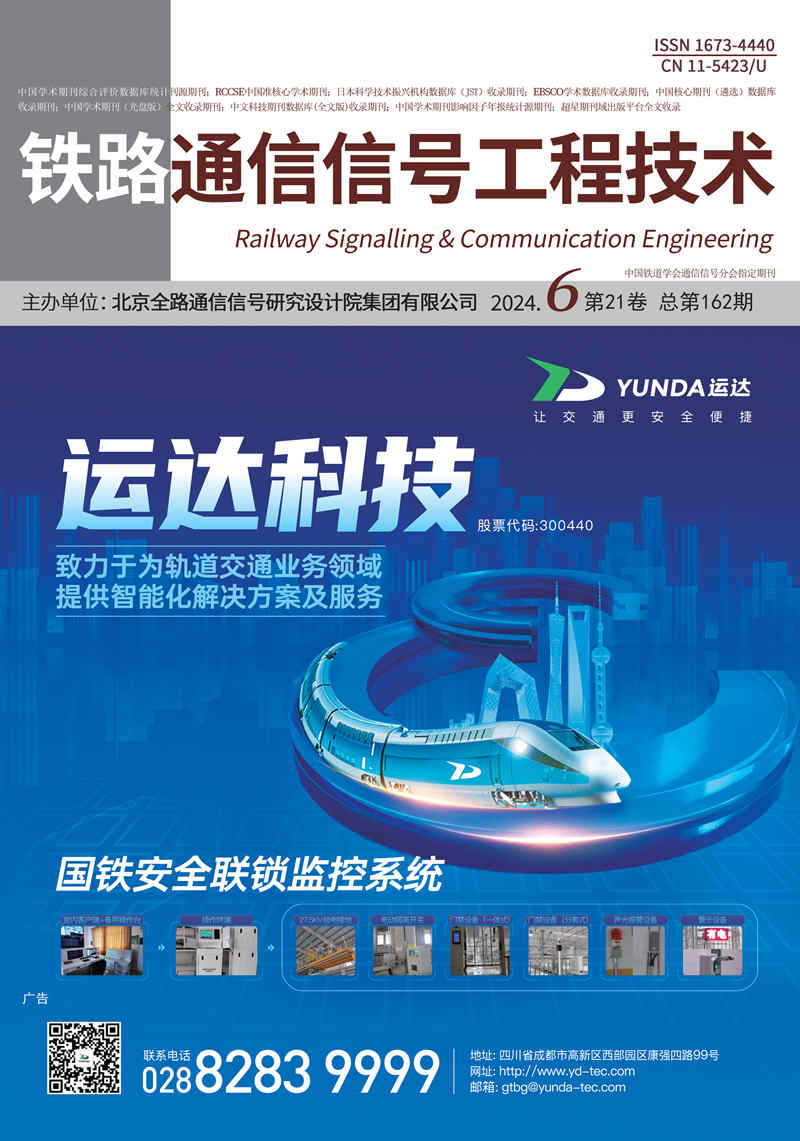
-
月刊
Monthly
-
第21卷 第6期 总第期
-
Vol.21 No.6 S.No.
-
出版:
2024-06-24
-
Published on:
-
创刊:2004 年
-
First Issue: 2004

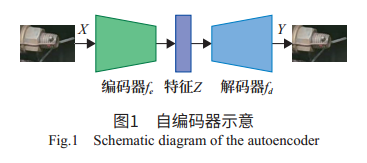
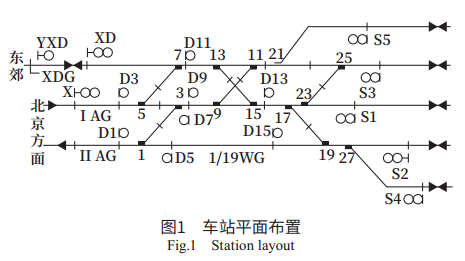
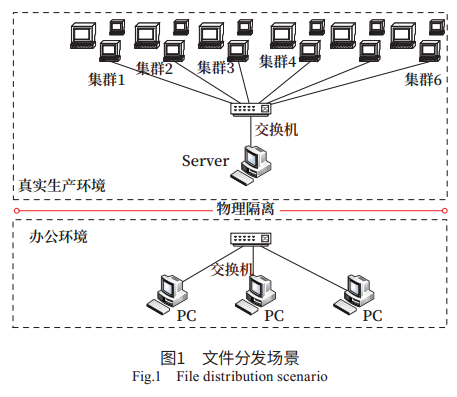
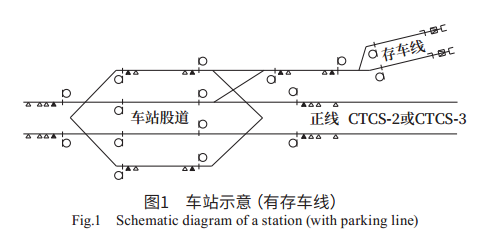

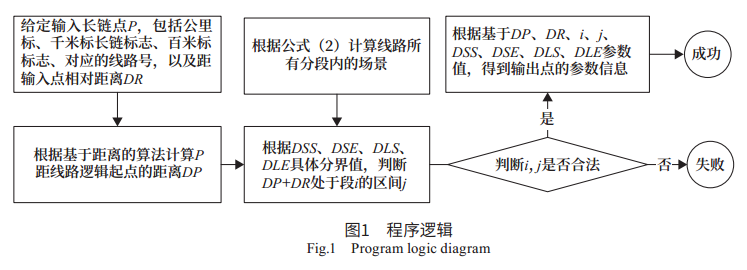
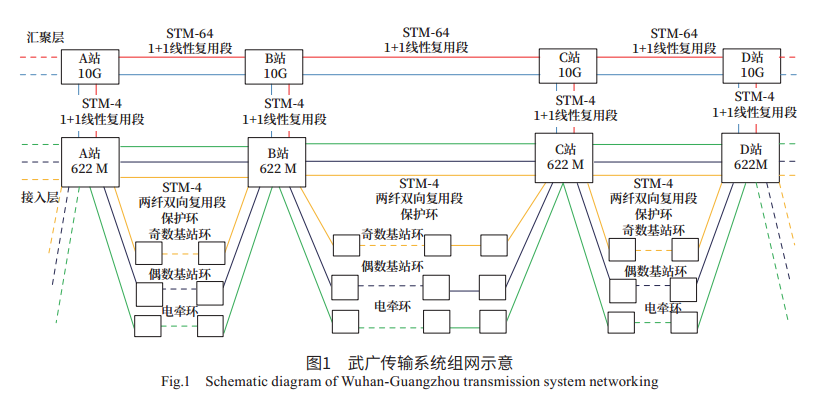
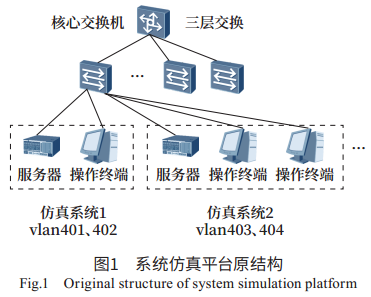
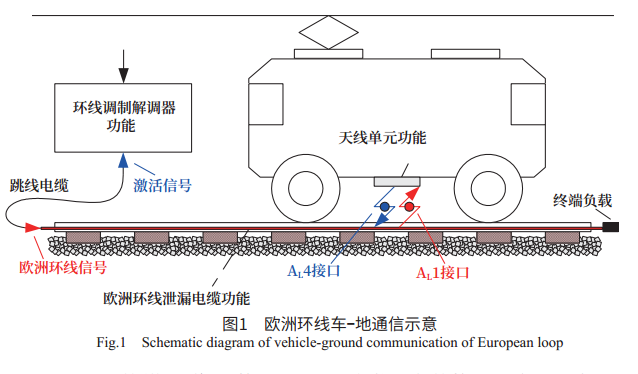
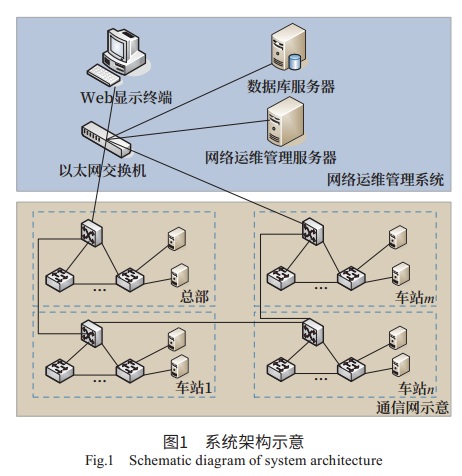
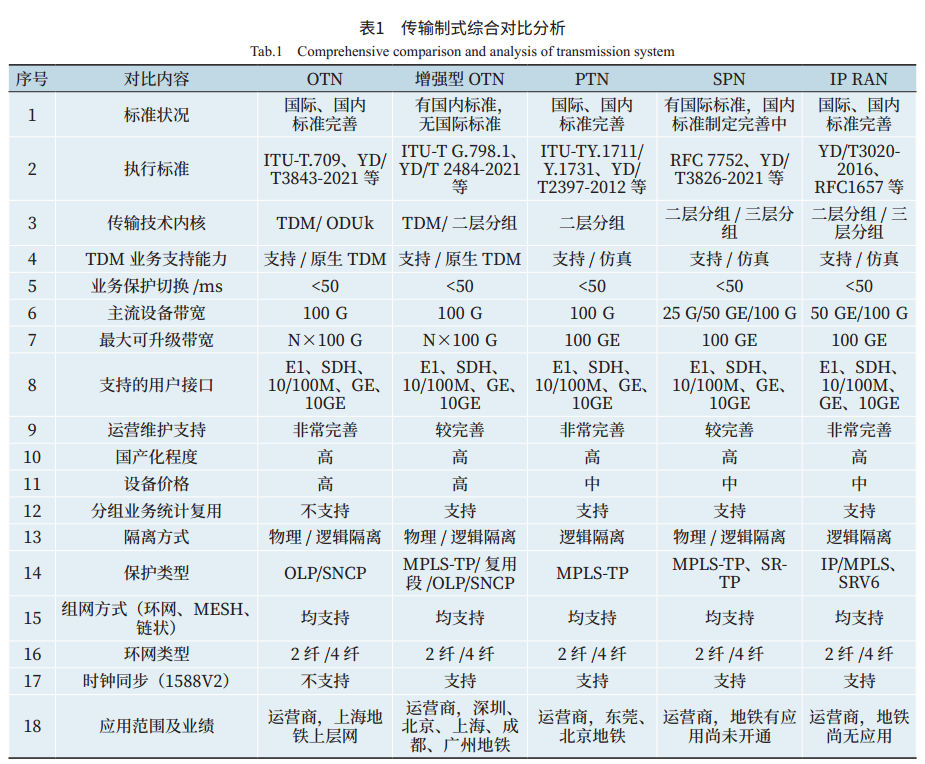
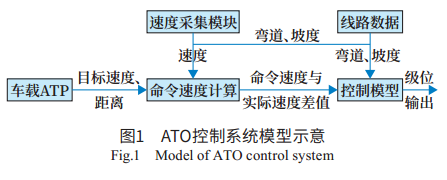
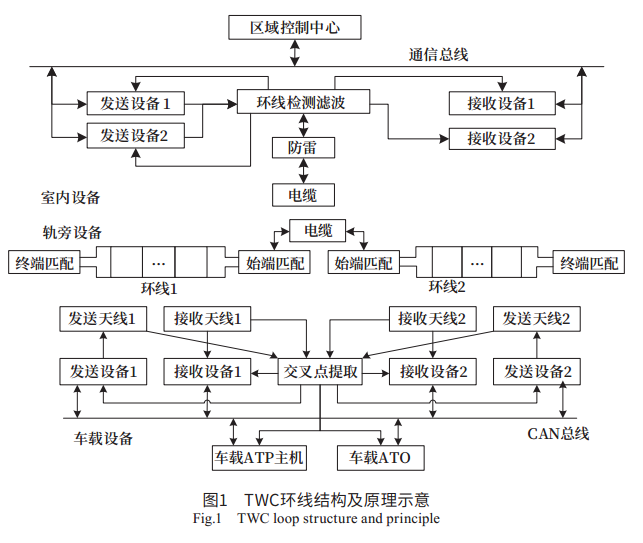
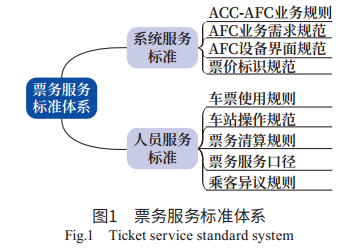
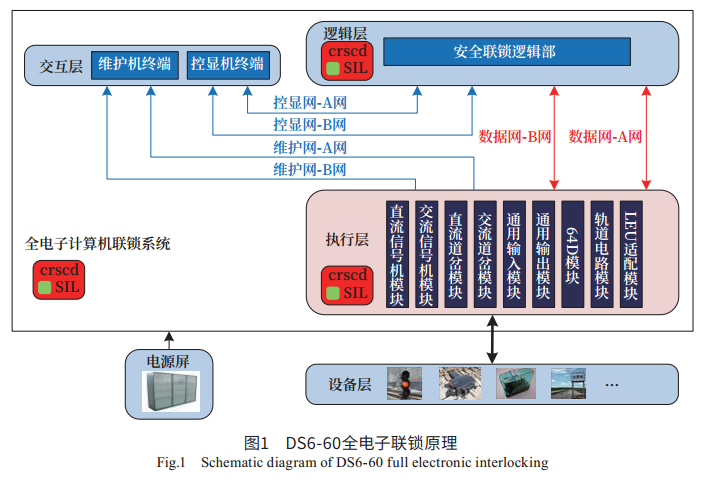
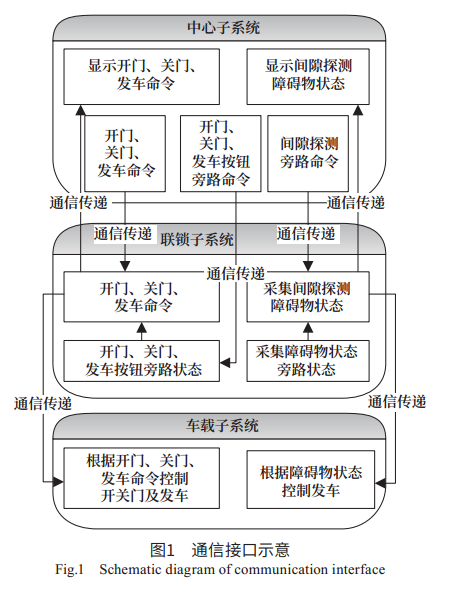
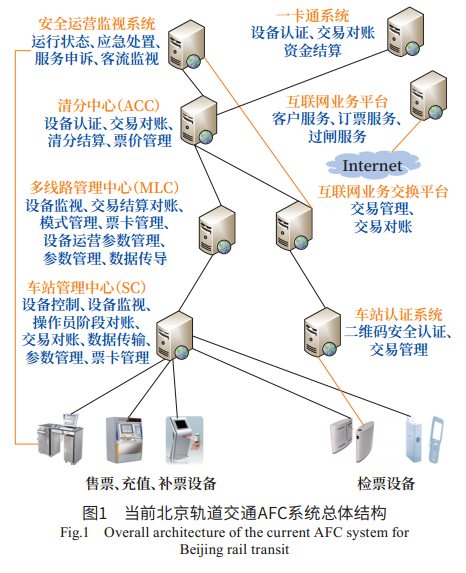

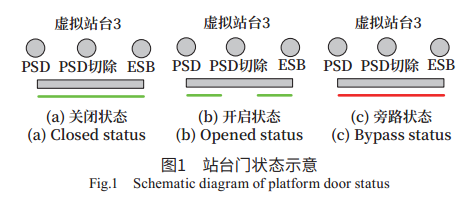
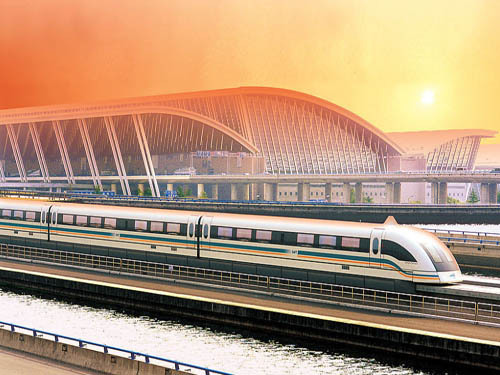
12-0101-04_pic.png)
